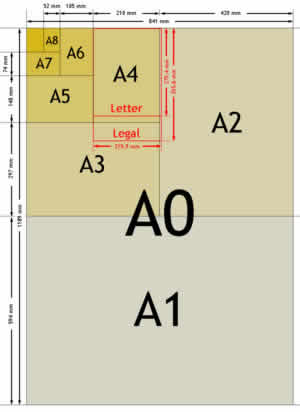For the small to medium business, mining local prospects is key to sustaining growth, with direct mail continuing to be the primary method of keeping channels between businesses and local customers open.
Many of you might be thinking, 'But it's too expensive!' Think again. There are a number of cost effective solutions such as AMS's Direct Mail Services that are designed to lower postage and packaging costs; often saving businesses up to 47% on standard tariffs; thus allowing more time to be spent on ensuring higher response rates from their marketing campaigns.
The 40/40/20 Rule
Rules are fantastic because they dictate the way things actually are, thus removing a substantial amount of the guess work. This rule applies to direct marketing specifically, and states that 40% of a campaign's success depends on list selection; 40% on the offer; and 20% on creative execution.
Targeting your audience
Building and developing a mailing list is crucial to an effective campaign, but list buying can be fraught with pitfalls.
Don't be tempted into buying large amounts of untested data. Ask for a small sample to validate the list first, and do some research into the company selling it. Buying from Direct Marketing Association (DMA) members will guarantee that the list adheres to UK and EU marketing laws; and safeguards against the negative implications of using poor quality and illegal data.
The Call-to-Action
Developing your brand and increasing awareness is all well and good, but sending out a mailer without a call to action will be a waste of time. Tell your audience what you want them to do (come into the store with the mailer to receive a 15% discount; book a 30 minute free consultation); will compel them into action and increase the effectiveness of the campaign.
Use your content space – and a great copywriter - to tell your audience what they want to know: Where are the benefits? What are they key selling points that make your company stand out? Do you have any testimonials regarding what other businesses/customers have to say about your business?
Let your mailing house look after your print
By working with a mailing house that also offers print services, you'll be killing many birds with the same stone: Not only will they provide the design, management, and expert finishing to give your campaign the creative execution it needs, but they will also save time and money.
Follow-Up
Plan and implement a follow up message that ties in to your initial call-to-action. This will serve to build brand awareness, and ensure that your business is at the forefront of the target's mind when it's time for them to buy. Think about the menus you get from your local Chinese takeaway...it's usually the same one, but when you're in the mood for a takeaway, they'll immediately spring to mind!
Taking the time to effectively plan your strategy at the beginning of a campaign is well worth the money it saves in the long run. By working closely with industry professionals – from list brokers and copywriters; to designers, printers, and mailing houses – you will see a significant return on your investment.
What are your tips for direct marketing success? Share them by posting your comments below.















